So Im heading downtown next weekend, and I really need some help. I will be shooting some night skyline shots (one traditional skyline view and one from within the city with street lights etc). I am shooting B&W iso400(all I have access to). I need some advice as I have heard conflicting suggestions, specifically concerning aperture setting. I was originally told to set my aperture to f/2.8 and shutter speeds @ 1/2, 1, 2, 4, 8, 15, 30 seconds. but I have also heard aperture should be at f/8-f/11 with similar shutter speeds...I have also heard to go all the way up to f/22 with shutter speeds up to a minute. Anyone care to offer some advice or help?
Thank you all
Thank you all


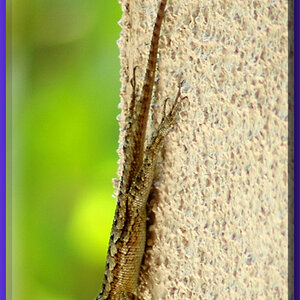
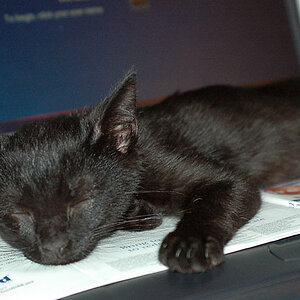
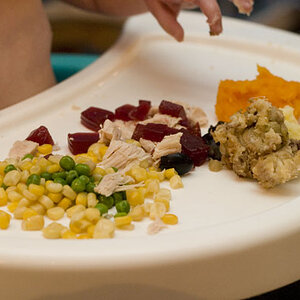
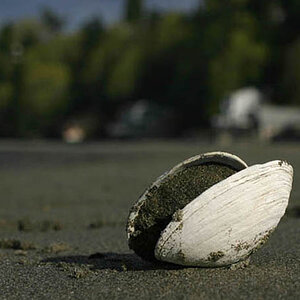
![[No title]](/data/xfmg/thumbnail/42/42015-c5cdef195e2aab7b272f0c03437c42c4.jpg?1619739978)
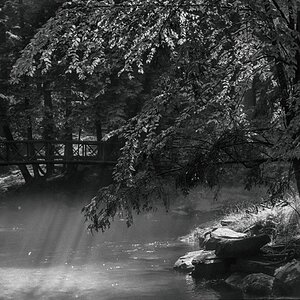
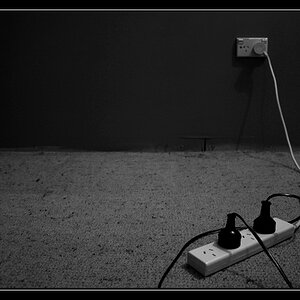
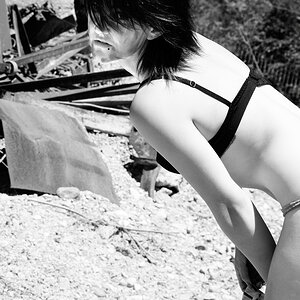
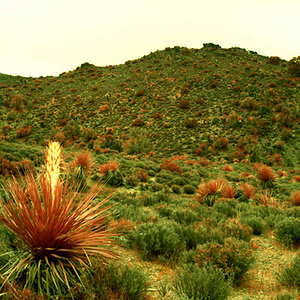
![[No title]](/data/xfmg/thumbnail/31/31012-f5e0c7cdea2f2c3e44737e3f61c2461a.jpg?1619734567)